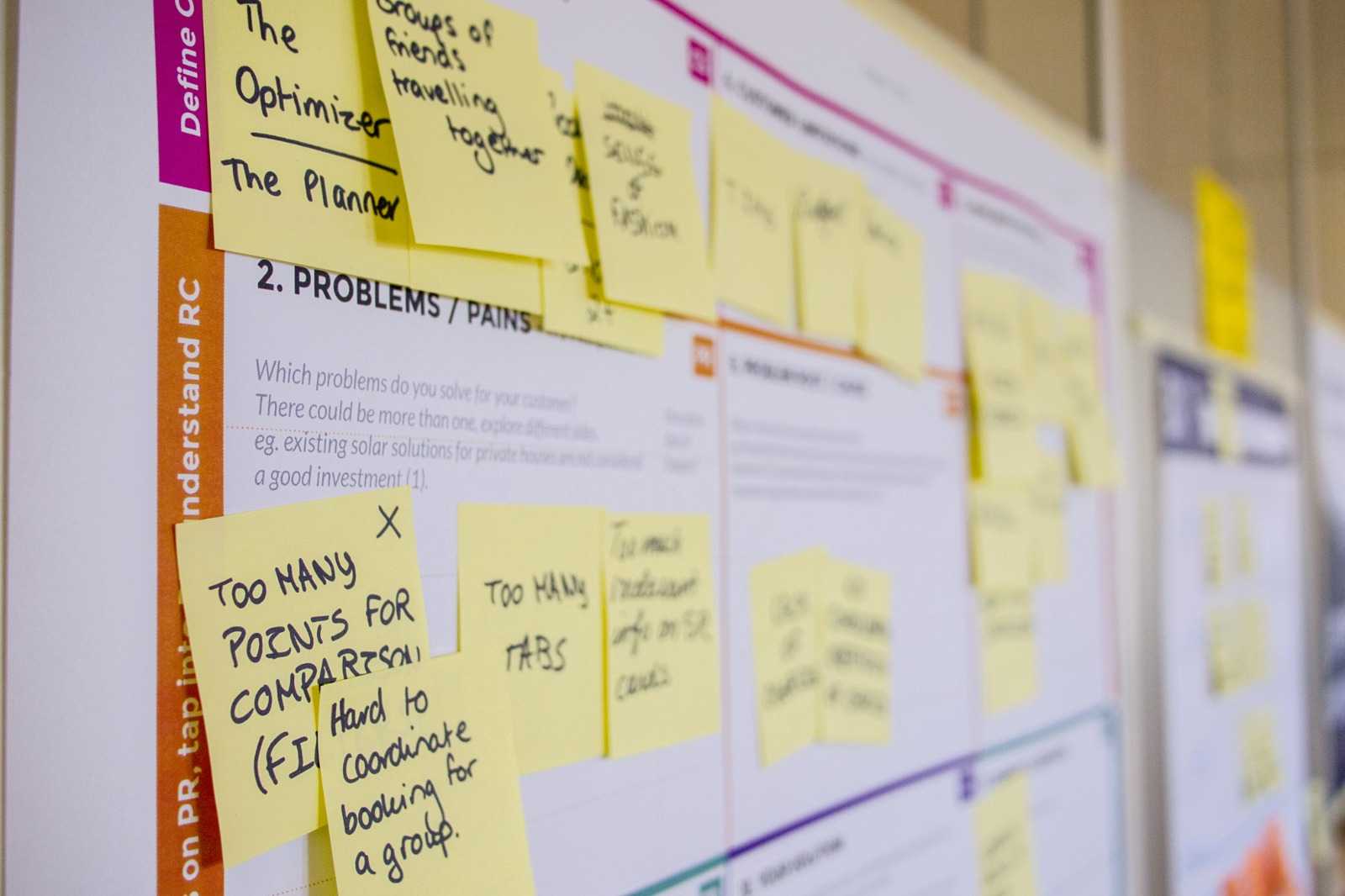
Design thinking is a creative problem-solving process that involves empathy, experimentation, and iterative thinking. It has gained popularity in recent years as a way for businesses and individuals to approach problems in a more innovative and human-centered way. In this blog post, we will explore the principles of design thinking, their benefits, and how you can use them to unlock your creative potential.
What is Design Thinking?
Design thinking is a human-centered approach to problem-solving that involves understanding the needs, wants, and behaviors of the people who will be using the product or service being developed. It is a process that focuses on empathy, experimentation, and iterative thinking to arrive at innovative solutions that meet the needs of the user.
The Design Thinking Process
The design thinking process typically involves five stages: empathize, define, ideate, prototype, and test. Let’s take a closer look at each of these stages:
- Empathize – This stage involves understanding the user’s needs, wants, and behaviors through observation, interviews, and other research methods. This stage is critical to developing a deep understanding of the user and their needs.
- Define – In this stage, the insights gathered from the empathy stage are used to define the problem or opportunity to be addressed. This stage is about defining the problem in a way that is meaningful to the user and the organization.
- Ideate – In the ideation stage, the focus is on generating ideas and potential solutions to the problem defined in the previous stage. This stage is about brainstorming and generating as many ideas as possible.
- Prototype – In this stage, the ideas generated in the ideation stage are turned into tangible prototypes. This stage is about creating rough models that can be tested and refined.
- Test – In the testing stage, the prototypes are tested with users to gather feedback and refine the solution. This stage is about validating the assumptions made in the previous stages and making improvements based on user feedback.
The Benefits of Design Thinking
Design thinking has many benefits, including:
- A human-centered approach leads to products and services that meet the needs of the user.
- A collaborative process that involves cross-functional teams and promotes creativity and innovation.
- An iterative process that allows for continuous improvement and refinement.
- A process that encourages experimentation and risk-taking.
How to Use Design Thinking to Unlock Your Creative Potential
Design thinking is a process that can be used by anyone, regardless of their background or skill set. Here are some tips on how to use design thinking to unlock your creative potential:
- Embrace empathy – Start by understanding the needs, wants, and behaviors of the people you are designing for.
- Challenge assumptions – Don’t be afraid to challenge assumptions and think outside the box.
- Experiment – Try new things and be willing to take risks.
- Collaborate – Work with others and seek out diverse perspectives.
- Iterate – Continuously improve and refine your ideas.
Conclusion Design thinking is a powerful tool for unlocking your creative potential and solving problems in a more innovative and human-centered way. By embracing empathy, challenging assumptions, experimenting, collaborating, and iterating, you can use design thinking to develop innovative solutions that meet the needs of your users.
Interested in knowing 5 ways to create effective visuals? check out my previous post.
You can follow me on social media via the following links: IG, LinkedIn
View my portfolio on Behance.
